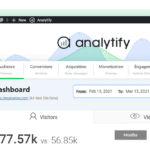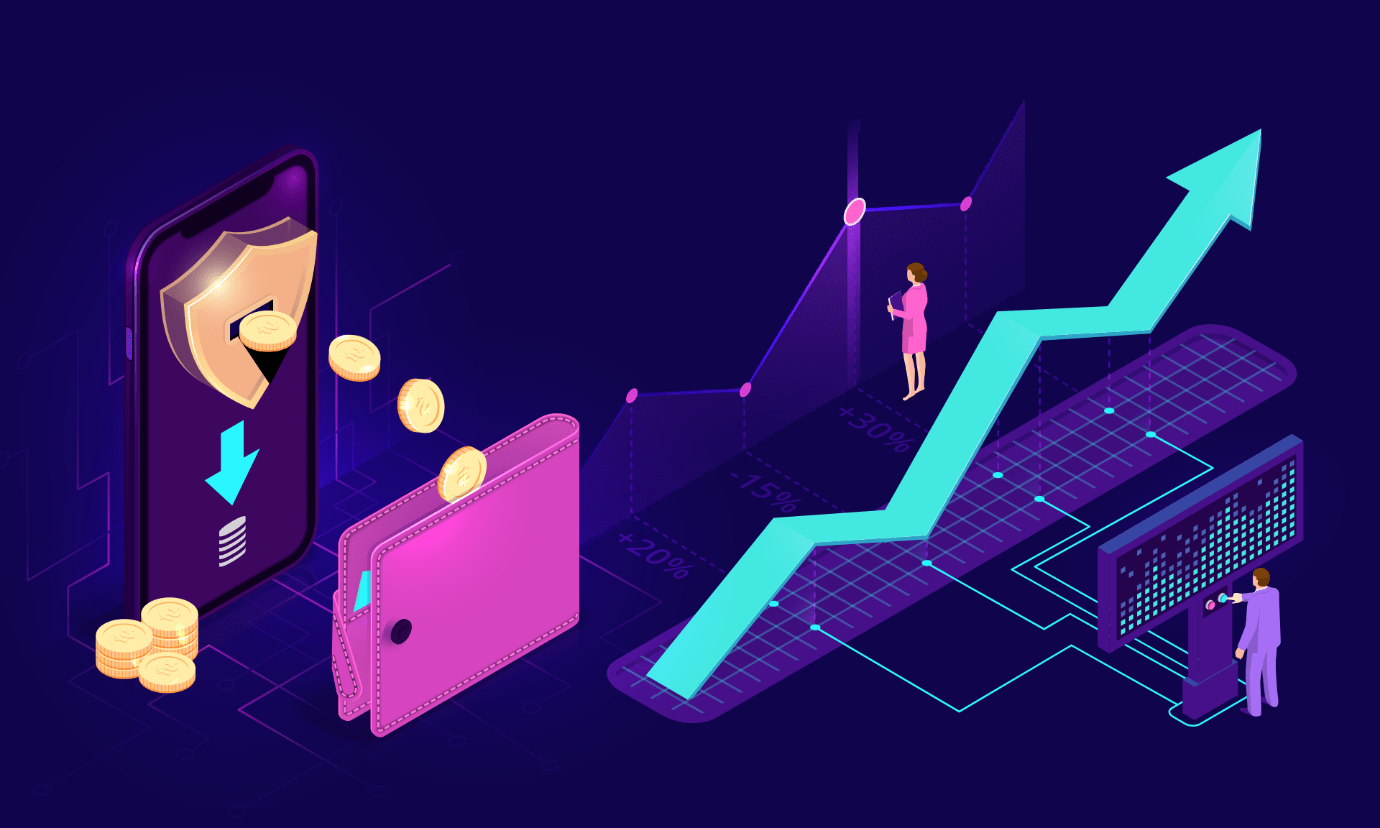With the never-ending buzzwords and confusing jargon in this era of enormous data, a layman can easily be lost while exploring the field of data analytics. The general public and even professional marketing experts frequently consider them interchangeable, but they’re not. Two such very commonly used terms are “data science” and “artificial intelligence”, which we will be discussing throughout this post. You may as well take a well-made data science online course to get started with this field.
To have a very basic idea of these terms, consider the following:
- Data science provides insights
- Artificial intelligence provides actions
This, for certain reasons, should not be taken as the ultimate definition but is useful for differentiating the two terms broadly. With a lot of intricacies involved, consider taking a data science online course to understand the difference between the two better and use them to improve your skills for the industry.
Let us understand the hierarchy of data science and artificial intelligence along with getting an insight into how one is inclusive of the other with the following diagram:
It can be very clearly inferred that artificial intelligence is the field under which lie all other aspects of data analytics and processing. On the other hand, data science is an amalgamation of artificial intelligence, machine learning, and deep learning, which is exactly why you should be investing in studying a good Data Science Course.

Data Science
Data science serves one very important purpose, which makes it stand out from any other related field that is providing insights from the given dataset. Making predictions from the available data, applying statistical methods for discovering facts and figures, analyzing for market research, and visualizing it in the forms of graphs and flowcharts are some very common examples of what we meant by gathering insights.
One major factor that distinguishes data science from other related fields is the fact that there is always a human involved to understand the insights, analyze them and use them beneficially.
Here are some examples of certain human-inferable insights gathered by applying data science techniques on a given company’s dataset:
- “John attended 22% more online conferences than Bob”
- “Bob took 8% less sick leaves than John”
- “The company is predicted to lose 2% of its shares in the next few months”
Primary steps involved in a data science project are:
- Understand the goals
- Data mining
- Data cleaning
- Data exploration
- Data enrichment
- Future engineering
- Predictive modeling
- Data visualizing
Data scientists might use simple tools like SQL and matplotlib, or even complex ones like MapReduce and Hadoop to handle big data. The inclusion of big data is not mandatory, but scaling data and still getting valuable insights is essential. These practitioners are often proficient in the fields of mathematics, statistics, and computer programming. You can learn the techniques involved by taking a data science online course now!
Cloud Computing vs. Artificial Intelligence – The Best Tech for the Future
Artificial Intelligence
Artificial intelligence is the broadest and the most widely recognized field among all the terms mentioned above. Hence, it is quite ambiguous to its definition at times and refers to an attempt to simulate the human brain to carry out certain tasks. Certain tasks that present-day AI systems can perform that can be called close to those of a human brain are logical reasoning, learning, and heuristics. Most of the work is done using complex algorithms like artificial neural networks, decision trees, logistic regression and naïve bayes.
Currently, artificial intelligence can be classified into two major types:
- General Artificial Intelligence
- Narrow artificial intelligence
General AI aims to make machines intelligent enough to do more than just the specified and trained tasks involving reasoning and thinking. In contrast, narrow AI aims at making machines carry out specific tasks after intensive training and correction.
As of now, we have only been capable of achieving narrow AI. Researchers have not yet been able to achieve a strong artificial general intelligence (AGI). Some examples of currently used narrow AI are daily used virtual assistants like Siri by Apple, Alexa by Amazon, and Cortana by Microsoft, self-driving cars, recommendation engines, and medical diagnosis systems. Although these machines/tools appear to be intelligent, they still operate under a narrow set of constraints and limitations.
Norvig and Russell in their book “Artificial Intelligence: A Modern Approach, explore four different approaches that have defined the field of AI historically:
- Thinking humanly
- Thinking rationally
- Acting humanly
- Acting rationally
CONCLUSION
To explain the correlations, DataRobot CEO Jeremy Achin quoted, “AI is a computer system able to perform tasks that ordinarily require human intelligence… Many of these artificial intelligence systems are powered by machine learning, some of them are powered by deep learning, and some are powered by very boring things like rules.”
Humans have achieved a lot in simulating computers to think, and the efforts to improve it always go on. To learn and give your valuable contribution to this field, you can take a data science online course right now.








